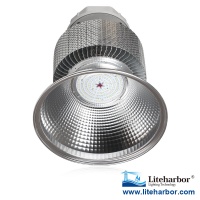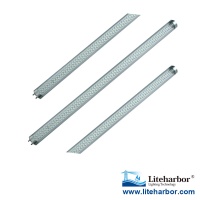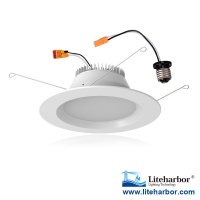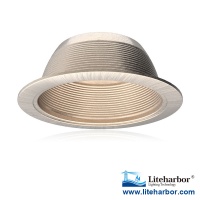Six Tips for Cost-effective commercial lighting
Saving money on utilities is a very common goal in life, but did you know you can make a big different through simply changing your light fixtures and lamps? Commercial lighting may seem like a small cost compared to other utilities, but can add up significantly over time.
Likewise, small changes – like these – can make a lasting impact.
Tip 1: LED Lighting
The first and most obvious step to save money on Commercial Lighting is using LED lamps. LED lighting has received many accolades for its energy efficiency. The light-emitting diodes use very little power, can last for many years and are available in many different formats for a variety of purposes.
The downsides are cost and quality control. You will need to pay high prices upfront for these lamps, so budgeting properly is key. You also need to order from a dependable supplier – low-quality LED lights can easily burn out and quickly raise your lighting costs instead of saving you money.

Tip 2: Light Sensors
Light sensors are wall panels that can sense movement in a room, a device seen more and more frequently in commercial buildings as a method to save money. With a sensor, lighting is automated in work areas (supply rooms, offices and so on). The lamps only turn on when someone enters a room, and if the sensors don’t detect movement for a minute or so, they turn the lights back off.
It may sound simple, but such an easy fix can also save a significant amount of money month to month if you tend to leave lights on throughout the day. The downside is, again, high installation costs that will need to be properly budgeted.
Tip 3:Light Timers
Light sensors don’t always work, especially in retail or restaurant spaces where customers need lights on more or less continually. Here, light timers may be of more help. This allows you to put both inside and outside lights on a strict schedule, turning on and off based on your hours of operation and shifts. Timers add a little bit more control that can be useful for tighter budgeting on utilities.
Tip 4:Mirrors
Don’t discount the capabilities of a good mirror or two when planning out your lighting scheme. With their reflecting abilities mirrors can give you a lot more illumination across a room without incurring any extra electricity costs, ever.
Of course, size and placement is key to using mirrors to save on lighting. If you are uncertain where to use mirrors in your space, consider using a lighting designer to help on the details.
Tip 5: Windows
Like mirrors, windows aren’t suitable for every space – you will still be constrained by your storefront location. But adding windows where possible is a very effective lighting solution for many retail spaces; since your hours of operation tend to coincide with daylight hours anyway, extra sunlight can help take the place of otherwise expensive floodlights if you use windows properly.
The extra heat may be a concern, however, so remember to use UV protection and films if and where it’s necessary.
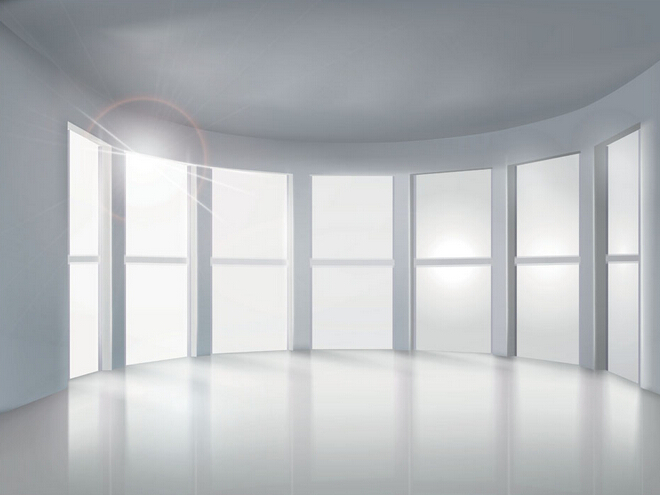
Tip 6: Lifecycle Management
Lifecycle management refers to scheduling out the lifespan of your lamps and budgeting both cost of use and replacement cost based on how many hours per year they are used. Take time to use lifecycle management, and it will be of tremendous help making future lighting decisions.
For more Light Knowledge News on:http://www.liteharborfactory.com/resources/light-knowledge/

 RESOURCE
RESOURCE


